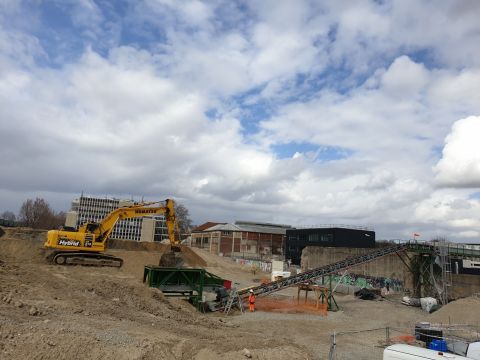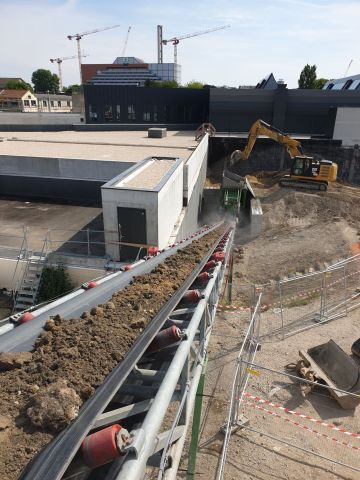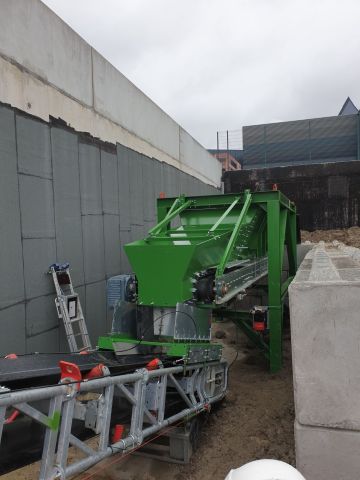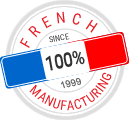


Soil can be polluted by various types of waste, heavy metals, hydrocarbons, substances or chemicals. Often concentrated on a small surface area, the pollution content is further increased, as is the nuisance or risk to people or the environment.
One method of in-situ decontamination involves excavating the soil to be treated and installing the decontamination process on site.
We are involved in the chemical, pyrotechnical and hydrocarbon fields in the soil decontamination process, supplying equipment adapted to the quantity to be treated on site.
The process is a mechanical one, involving granulometric separation of the product using a complete process of segmentation, washing and mixing, granulometric sorting and separation according to the nature of the material. High-pressure water washing separates or captures the finest particles, where pollutants are concentrated. Remaining elements are separated in a settling tank. For heavy metals, Tecnitude uses ferro-magnetic separation by overband magnetization.
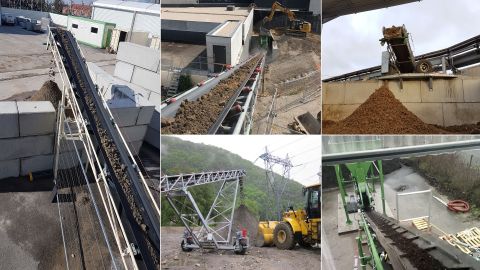
Our Belt Conveyor transported soil for sorting and separating mineral from steel to extract World War II munitions. A settling basin was created at the rear.
Tecnitude was awarded a prize for this pyrotechnic depollution system at the 10th Alsace Innovation / Mulhouse Alsace Agglomération 2013 Competition, winning 2 prizes: the Confirmed Innovative Company Prize and the Alsace Business Angels Prize.
To decontaminate soil contaminated with hydrocarbons, a system comprising a rotary scrubber tube, a screen and a monitoring unit will be installed. The rotary scrubber tube is a cylindrical device designed to remove or dilute elements or particles unsuitable for production contained in alluvial soil (silts, soils, clays). It has a washing-sludging function, based on the principle of self-attrition and mass effect.
